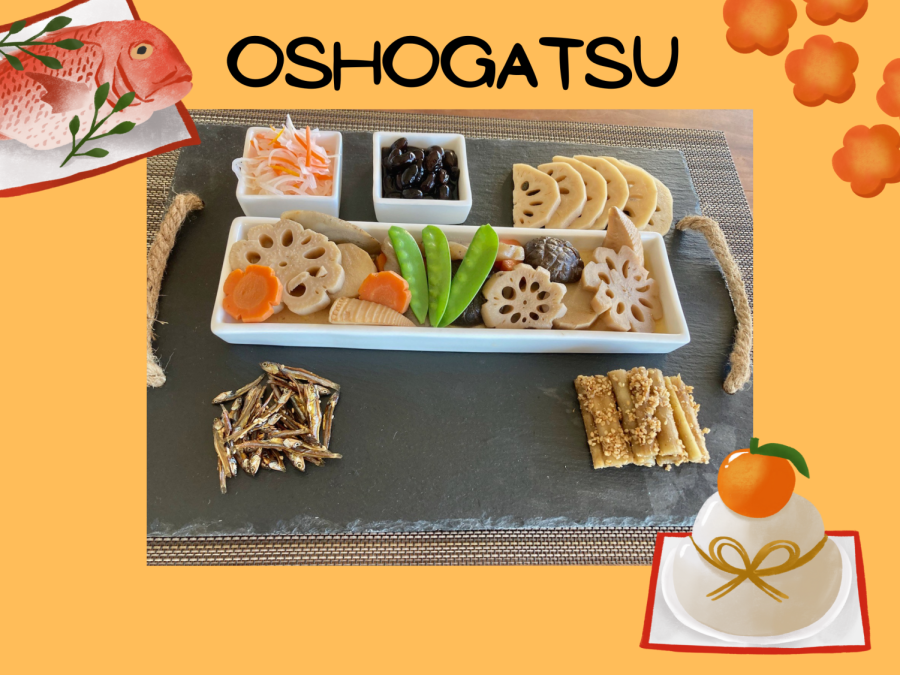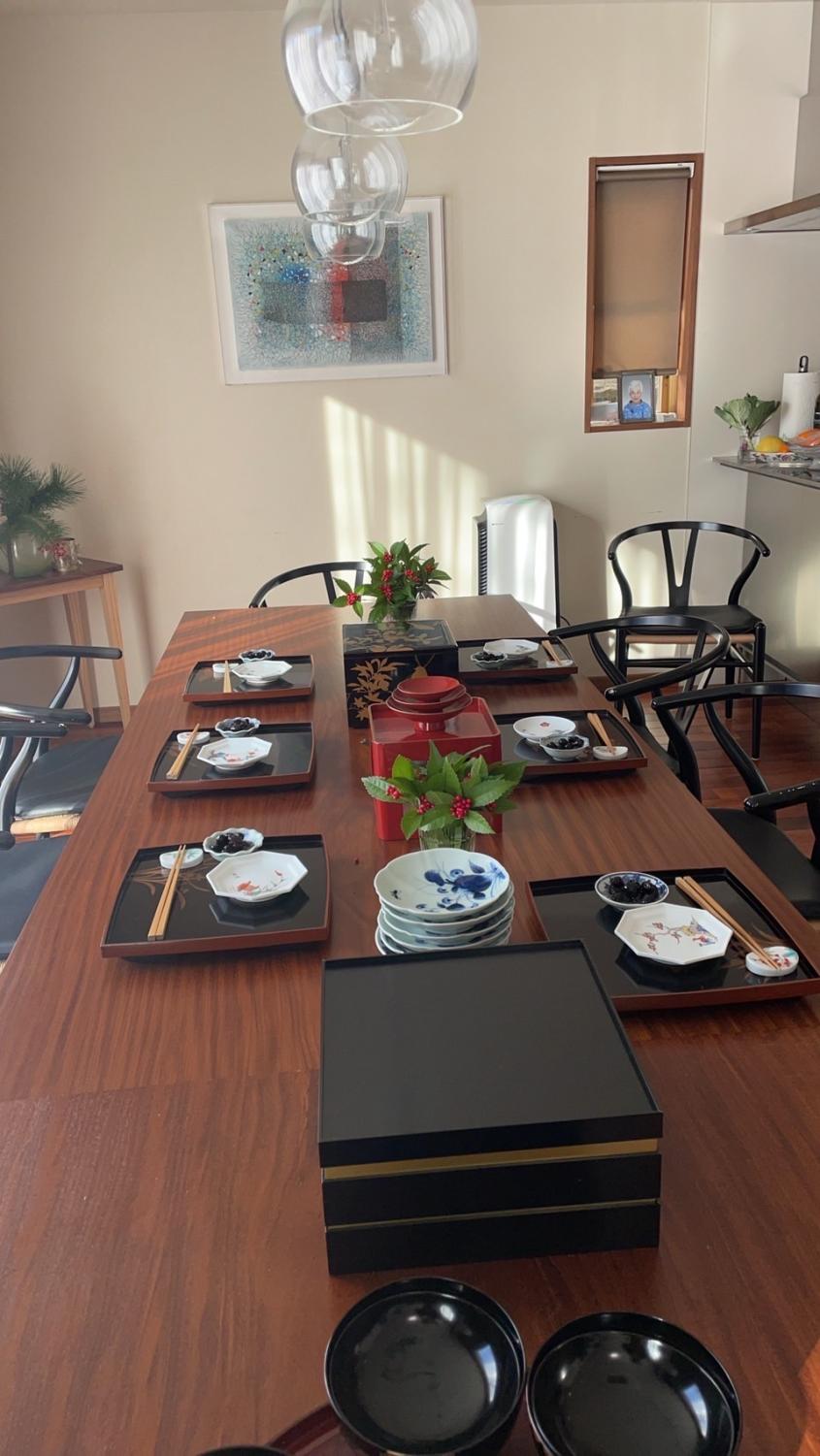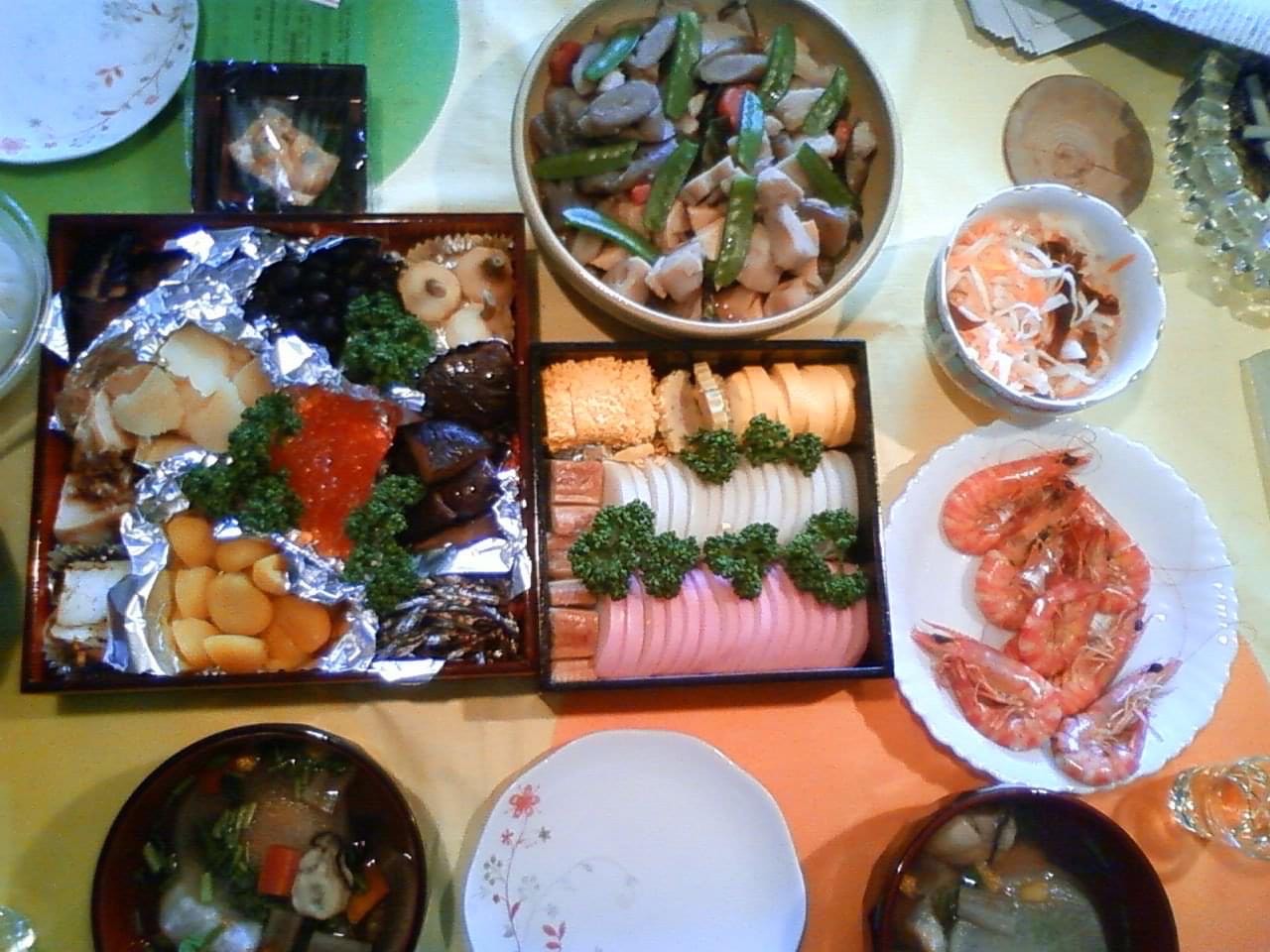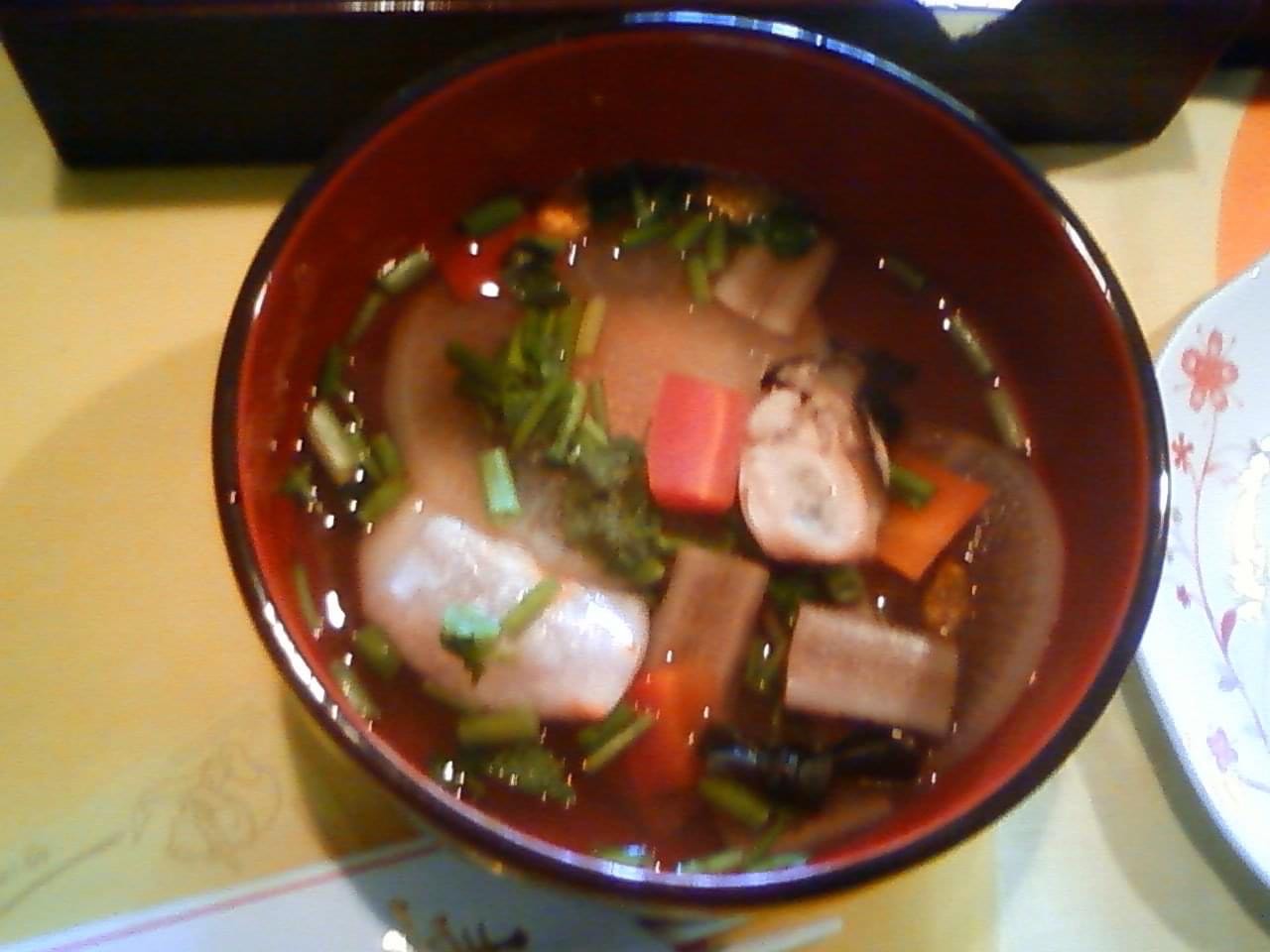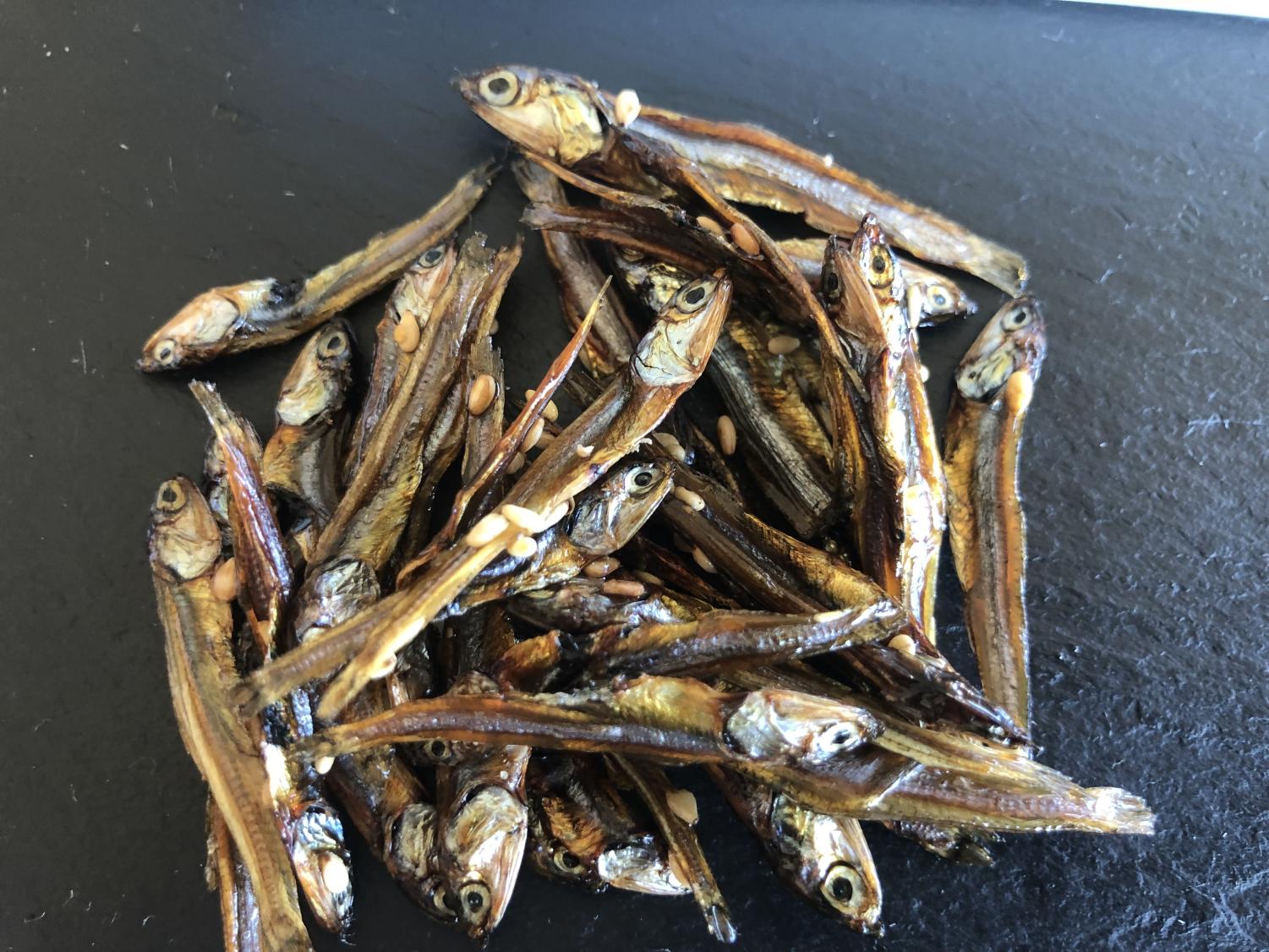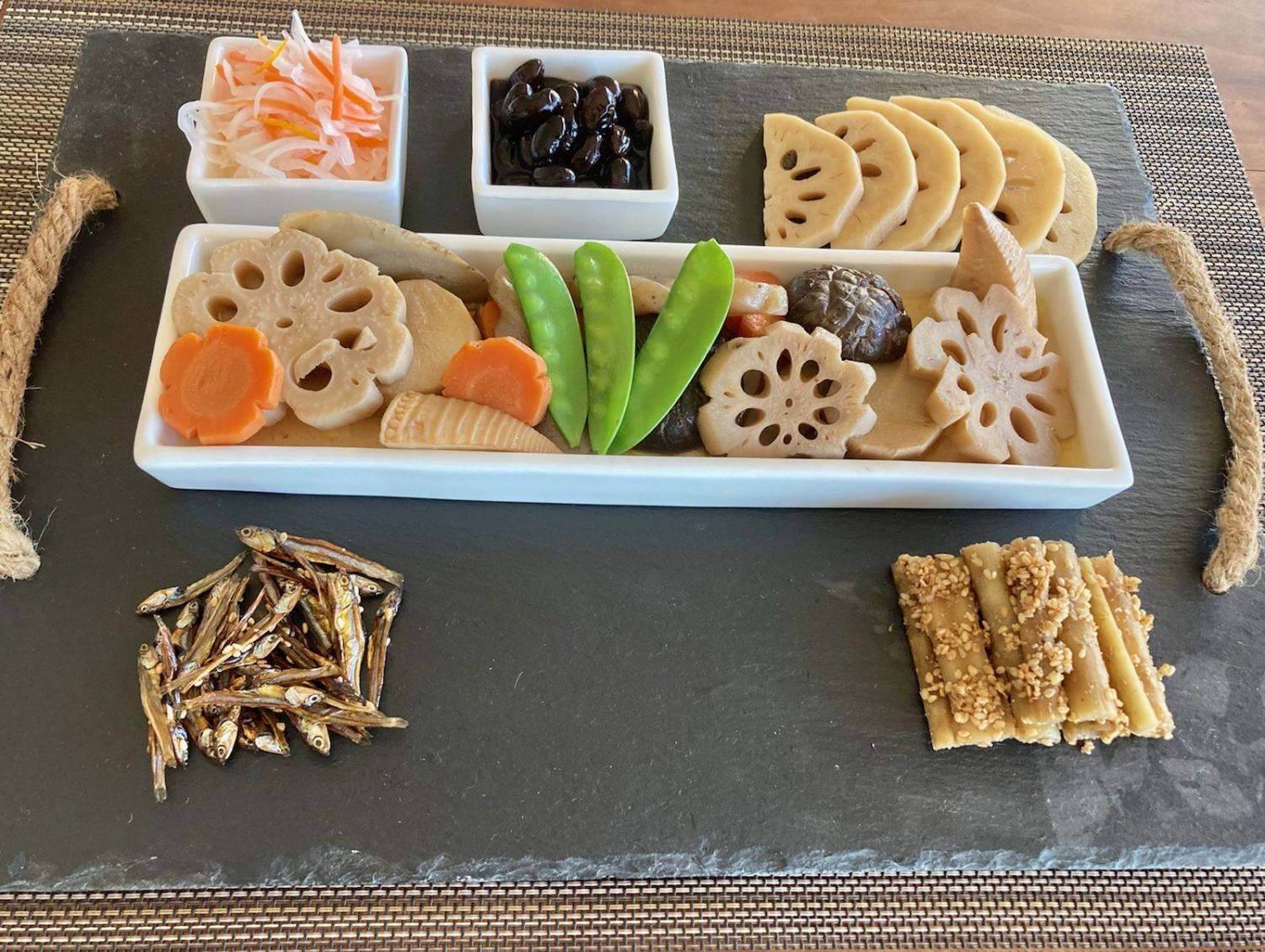Celebrating Oshogatsu, Japanese New Year
Japanese new year traditions and celebrations
In Japan, Oshogatsu is celebrated on January 1st.
Whether it is throwing white flowers into the ocean in Brazil or hanging onions in Greece, every country has a unique yet special tradition to welcome in the new year. For the Japanese, January 1 commences the celebration of Oshogatsu.
“Japanese New Year, [Oshogatsu], is the celebration of the first three days in Japan. [We] have special food called Osechi Ryori and have special games for children to play. Then, we go to [the] shrine [to] celebrate our New Year,” said Amador Valley Japanese teacher Lea Murphy.
Celebrations for the Japanese New Year are distinctive from the way Americans welcome the new year. In Japan, one of the biggest events for the new year is watching the first sunrise in the mountains. There is also a bigger emphasis on traditional Japanese customs, such as bamboo decorations or mochi making.
“[The] Japanese New Year is different from the American New Year because my family and I have all sorts of traditions, like cleaning up our house before the New Year in order to get rid of back luck,” said Sarah Le (‘24).
For many Japanese people, the new year is considered the most important holiday. It is a special time where people take a break from work to get together with their loved ones. Many New Year’s traditions begin even before the start of the new year.
“One thing [my family and I] do is the day before [the New Year] we have noodles and the meaning behind that is long noodles [symbolize] a long life, so it’s for good fortune,” said Erika Petterson (‘24).
During the beginning of the new year, Japanese families often pay a visit to a shrine or temple to make wishes and prayers for the new year. They also purchase Omamori, which is a good luck charm. It is a silk bag that contains small paper plates with sayings from Buddhist sutras. If the Omamori pouch is opened, it is considered bad luck.
“[I] usually spend time with family and enjoy Japanese foods and then after [we] go to [the] shrine to pray for everything [good in the] new year which is called Hatsumode,” said Mari Uchiyama, a Japanese citizen.
A few traditions of Oshogatsu include ringing a bell, wearing special clothes like the Kimono, and preparing food dishes. A bell rings 108 times at Chion-in Temple. According to the Jodo sect, 108 denotes the amount of worldly desires, which is presumed to cause pain and suffering to the human heart.
Preparing for Japanese New Year consists of enjoying multiple dishes, such as Toshikoshi Soba, which Japanese people eat on New Years Eve. Then from Jan. 1 to 3, which was initially a period for housewives to rest from cooking, families eat Osechi Ryori.
“[My family and I] enjoy Osechi. [It] is a long lasting meal [consisting of] many items, with each item having a happy meaning. For example, boiled shrimp [represents] a long life until your lower back will curl like shrimp. Other foods are Japanese mochi soup and there are many kinds of mochi soup,” said Uchiyama.
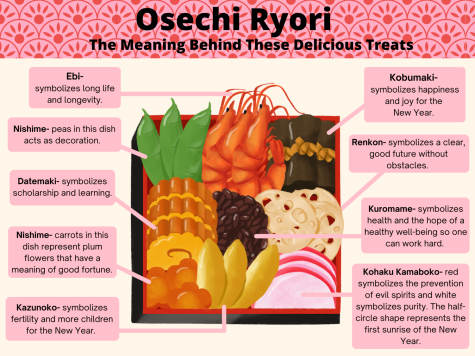
From the New Year’s preparations to preparing food, Oshogatsu is packed with many events in a short amount of time. Although it may be tiring, celebrating and welcoming the New Year has its highlights.
“My favorite part would be the food and spending time with family,” said Petterson (’24).
Your donation will support the student journalists in the AVJournalism program. Your contribution will allow us to purchase equipment and cover our annual website hosting costs.

